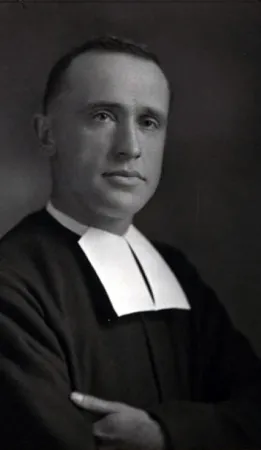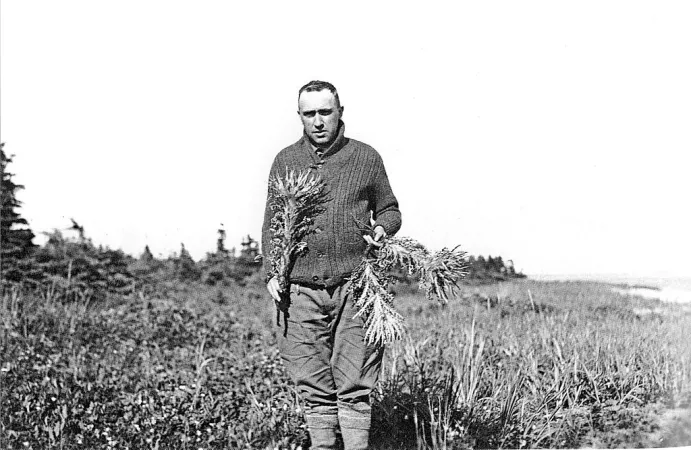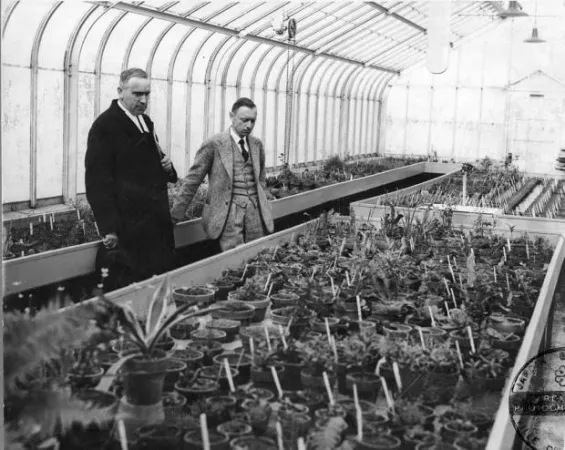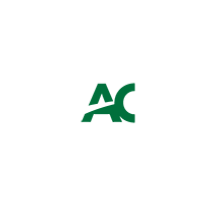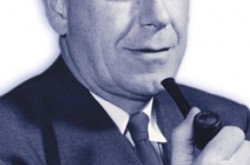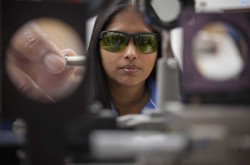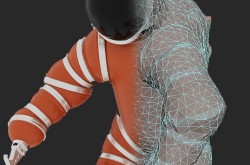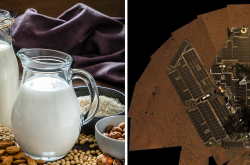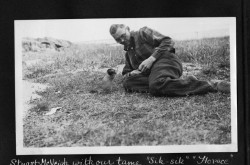The self-taught botanist who inventoried Quebec’s plants
This article was originally written and submitted as part of a Canada 150 Project, the Innovation Storybook, to crowdsource stories of Canadian innovation with partners across Canada. The content has since been migrated to Ingenium’s Channel, a digital hub featuring curated content related to science, technology and innovation.
Daniel Prinn
Algonquin College Journalism Program
Although he never attained a university degree, Québec-born frère Marie-Victorin (né Conrad Kirouac) became a revered botanist, both in North America and in Europe. Marie-Victorin discovered his passion for botany during a fight with tuberculosis in 1903, and began teaching himself everything he needed to know. He read over 40 years’ worth of scientific journals on the subject.
In 1913, he traveled to the municipality of Témiscouata in Quebec, where he discovered 50 new species of plants. The area was previously unexplored by botanists. A few years later Marie-Victorin was brought on as the first chair of botany at the University of Montréal and soon became a tenured professor. One of his lasting impacts in Montréal was founding the Botanical Garden in 1931.
Marie-Victorin wanted to revise the catalogue of plants in French Canada. In 1935 he accomplished his goal by publishing Flore laurentienne, a brand new inventory of all of Québec’s plants. He hoped that by doing so he could teach Québec’s population to embrace the land around them.
Marie-Victorin died in a car crash in 1944. He was inducted into the Canadian Science and Engineering Hall of Fame in 1992.



